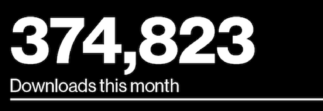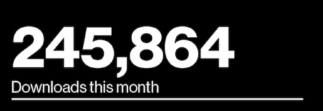
photo by Patrick Brosset. Licensed under CC-BY-NC
This month, MIT researchers and local public health officials will gather and analyze waste from Cambridge sewers in search of insights into the health of city dwellers. Members of the “Underworlds” project, led by architect Carlo Ratti of the Senseable City Lab and bioengineering professor Eric Alm, will screen samples for viruses like the flu, bacteria like those that cause cholera, and biochemical flags for drugs and other compounds.
“Sewage is really an unexploited source of rich information about human activities,” Alm told the Boston Globe.
The researchers have a $4 million grant through the Kuwait-MIT Center for Natural Resources and the Environment and plan to use the initial samples to develop a software program that will help analyze data. One goal is to use sewage data to help predict epidemics.
Explore Professor Alm’s research in the Open Access Articles collection in DSpace@MIT, where it is openly accessible to the world.
Since the MIT faculty established their Open Access Policy in March 2009 they have made thousands of research papers freely available to the world via DSpace@MIT. To highlight that research, we’re offering a series of blog posts that link news stories about scholars’ work to their open access papers in DSpace.


